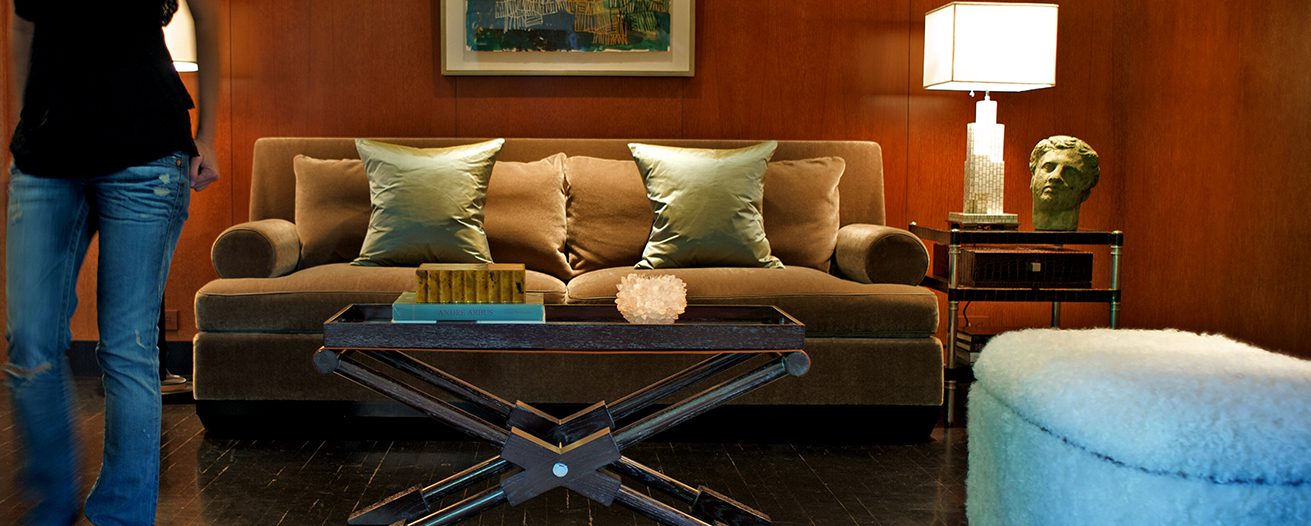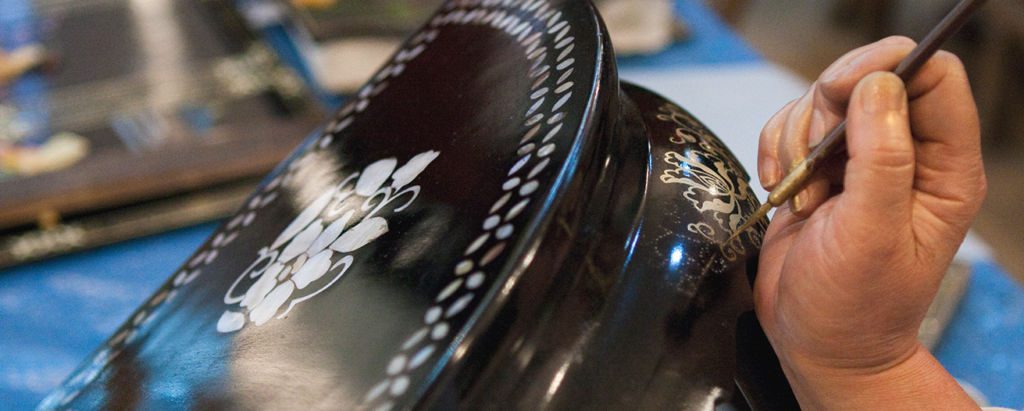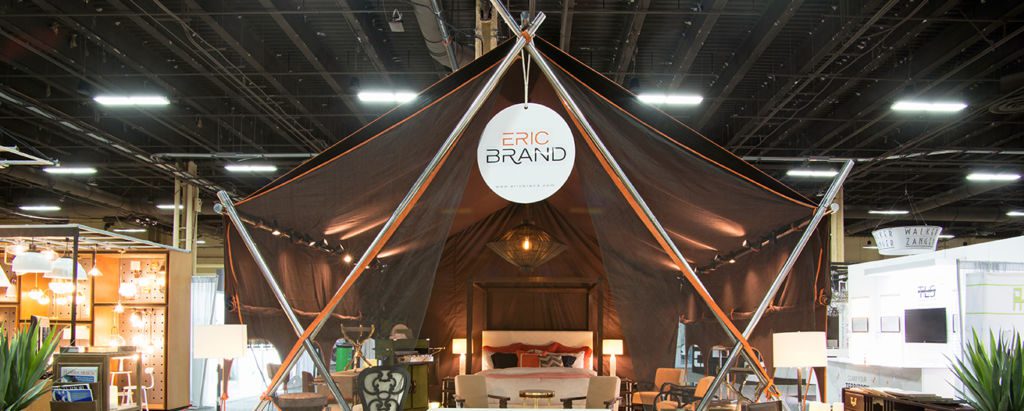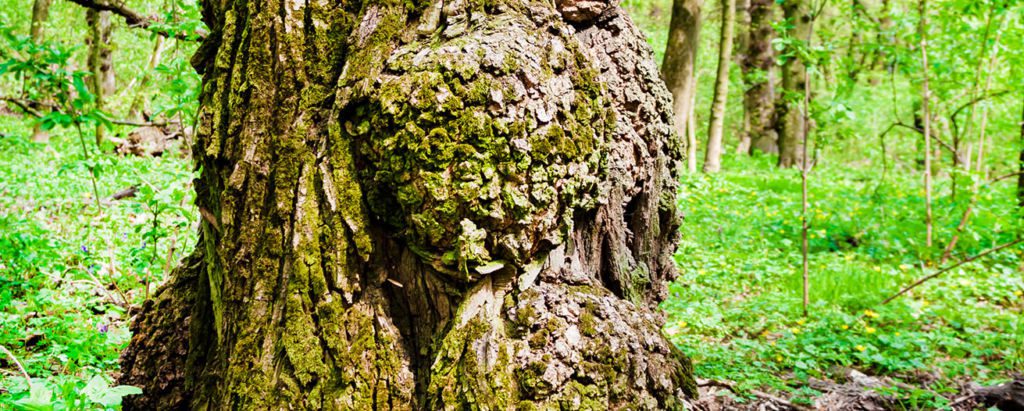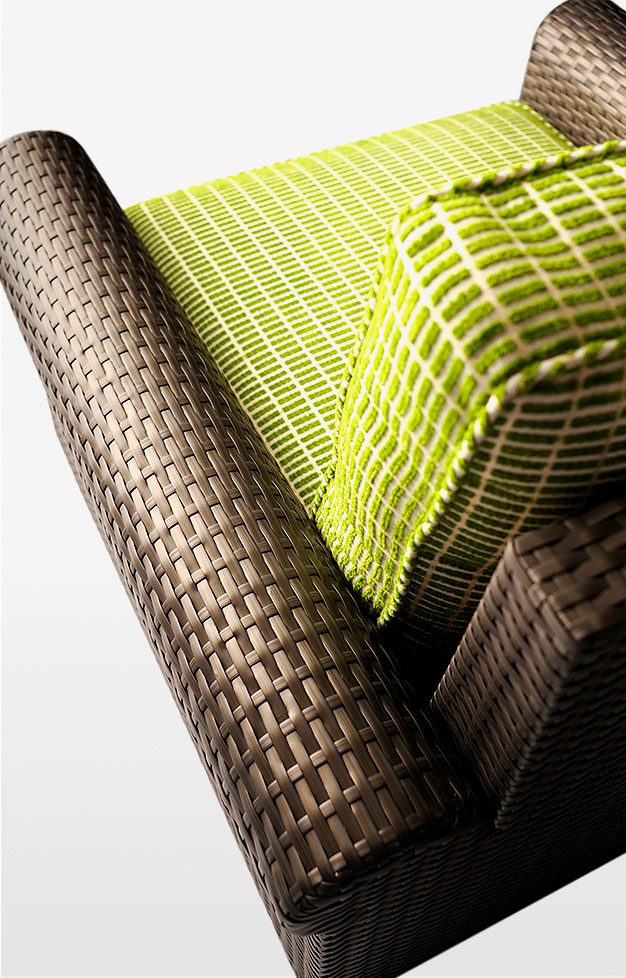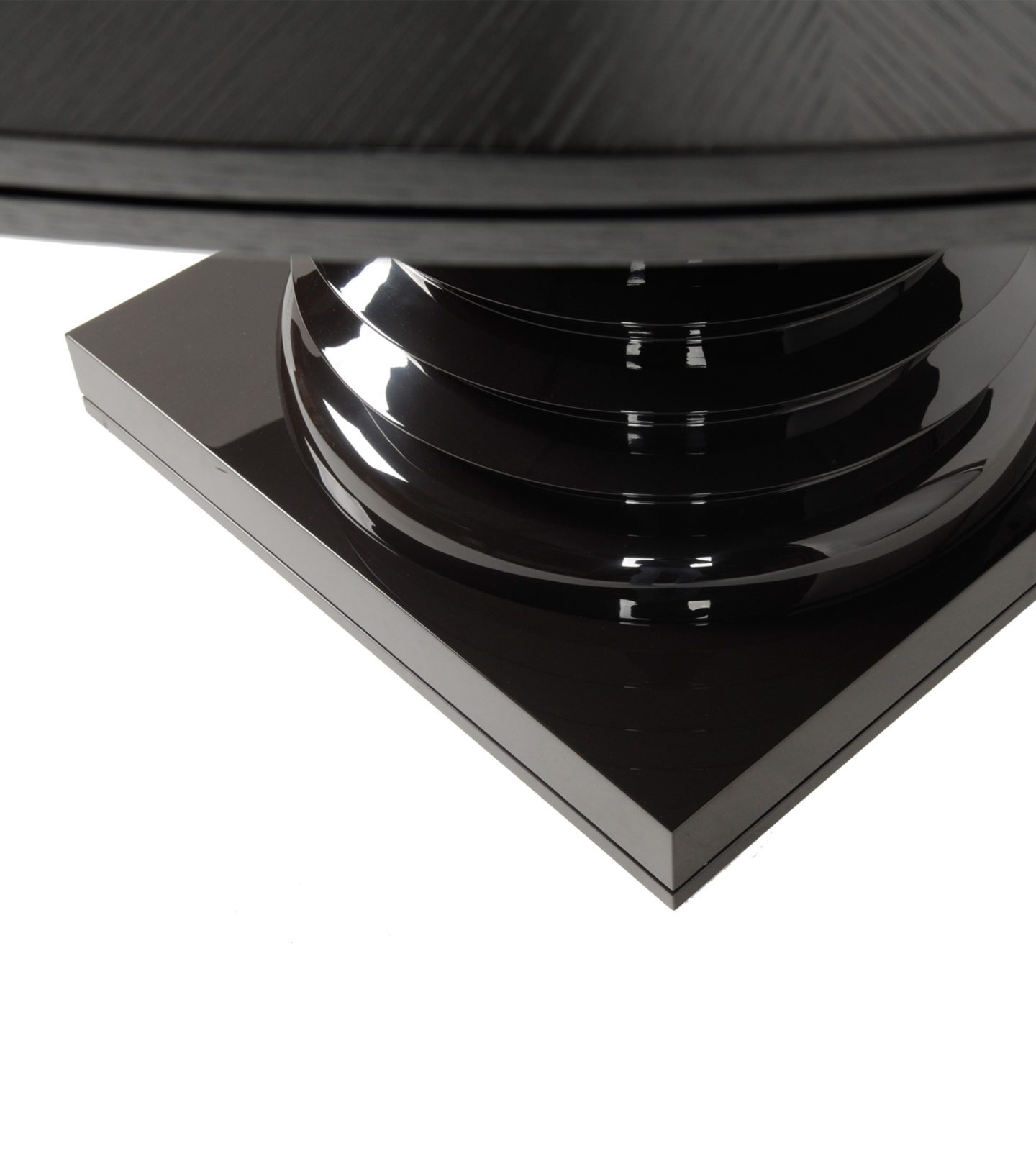The pandemic that has cursed us since early 2020 also inspired many of us to try new things. We took on creative pursuits we may have never attempted — painting, cooking new cuisines, piano lessons online – we had so much time but nowhere to go. An enterprising friend recently showed me photos of the slipcovers she made – an ambitious task, in my opinion but they turned out quite nicely. A quick glance at YouTube confirmed that many others were slightly more adventurous – even tackling reupholstering.

Well before YouTube, hot glue guns, or even staple guns, people relied on artisans for their softer pieces. Stuffed and cushioned furnishings did not become popular until the early 1700s. Prior to this, most furnishings were made of heavy wood and mainly utilitarian. As households became wealthier, they sought furniture with greater creature comforts. The artisans that created such luxuries were known as Upholders. Upholders dealt with all things concerning textiles, including tapestries and draperies, often repairing, and occasionally updating the items.
Upholstery initially was added to a seat or back to provide cushioning on hard wooden furniture. Padding, made from natural materials such as straw or horsehair, was neatly piled onto the surface and held in place by a cut-to-size piece of fabric or leather. Because the Upholder’s craft did not yet include sewing to create corners or pleats, the cushions sat upon the seat and back of the chair or sofa, with its wooden edges unadorned. Enter brass tacks. The Upholder secured and concealed the cushion’s edges by hammering tacks through the fabric into the wood, in close succession all along the edges. These held the cushions firmly in place and prevented the fabric edges from fraying.
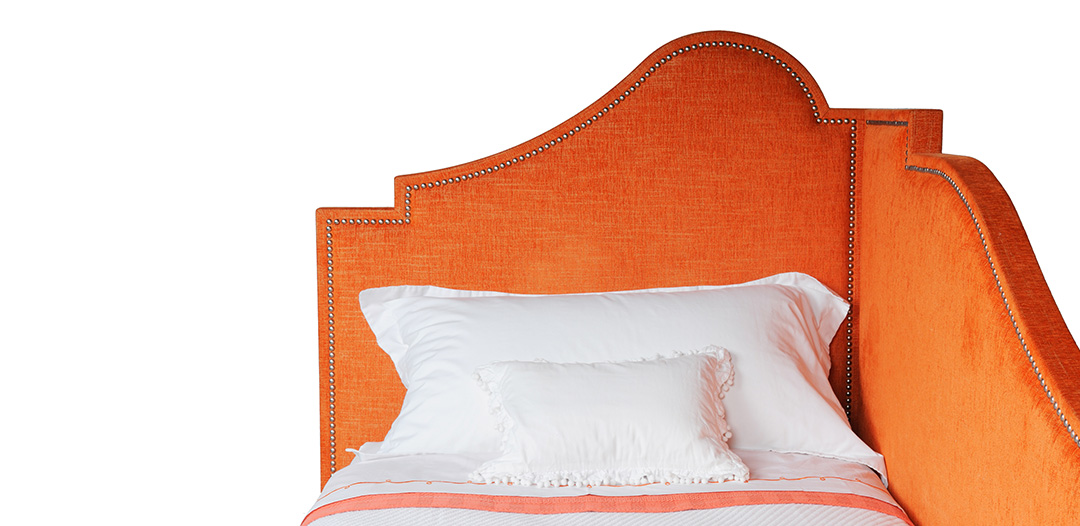
Once sewing entered the craft, the fabric was shaped to fit around the wood and attached underneath where the appearance of the edge was no longer of concern. Eventually, home furnishings were upholstered around a frame, exposing little or no wooden parts. However, fully upholstered pieces offer a new dilemma with the creation of seams. Seams often need reinforcing, so the stitches don’t pull apart from weight and frequent use. They are also not particularly “finished” looking.
Welting, similar to piping, provides strength to a seam by reinforcing it and defining the shape of cushioned furniture. It is a round piece of braided cord, covered in fabric with edges or lips so that it can be sewn into the middle of a seam where the two pieces of material join. While generally covered with the same fabric as the upholstered piece, welting can easily be a contrasting color or fabric to add accent and interest.
When durability is not the issue, seams and exposed fabric edges can be covered or enhanced with gimp, fringe, and tassels. Gimp, a decorative ribbon, primarily covers exposed fabric edges. Available in myriad colors and styles, gimp can range from exceedingly simple to incredibly ornate. Some has metallic threads braided through, while others are woven in complicated geometric patterns. A DIYer can choose a beautiful gimp to hide their project’s not so beautiful upholstery tacks and staple gun staples.
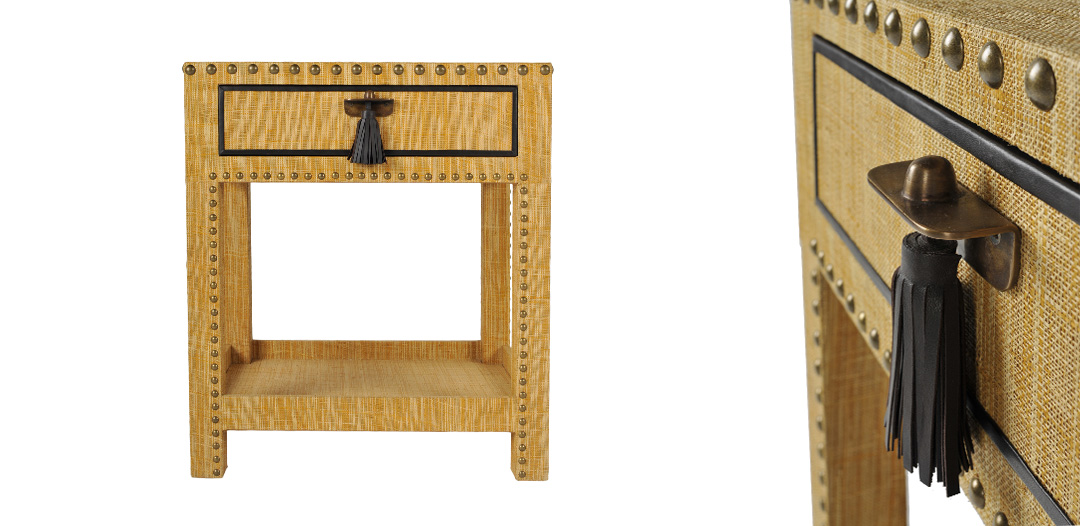
Fringe and tassels are primarily decorative, used to hide seams or provide pizzazz to finished edges. For example, a long fringe may replace a skirt on an upholstered chair, or a plush fringe may frame a seat cushion or throw pillow. Back in the day, the Upholder may have embellished curtains and window swag with fringe and tassels. Often tassels on a braided cord are used as pulls for heavy drapes.
Techniques and technologies may make the original necessity of finishes obsolete, but they shouldn’t be forgotten. Brass tack edgings may no longer be necessary to hold everything in place, but they look so good as finishes. Evenly spaced rows of tacks placed strategically along the base of a club chair is a style that certainly doesn’t fade. Sometimes we find tacks on pieces with no fabric!
Whether doing DIY reupholstery at home or choosing finishes for a piece you are purchasing, there are many trim options to consider and choose from. You may select those brass tacks just for their refined effect, or maybe you’ll focus on all the fringe benefits. Perhaps you’ll be bold and go for both!

